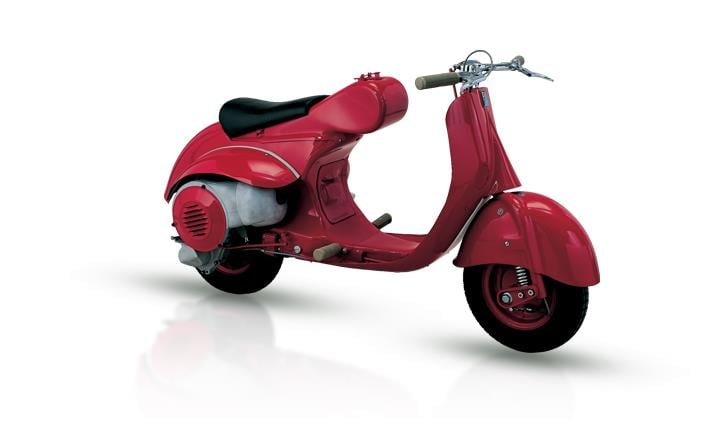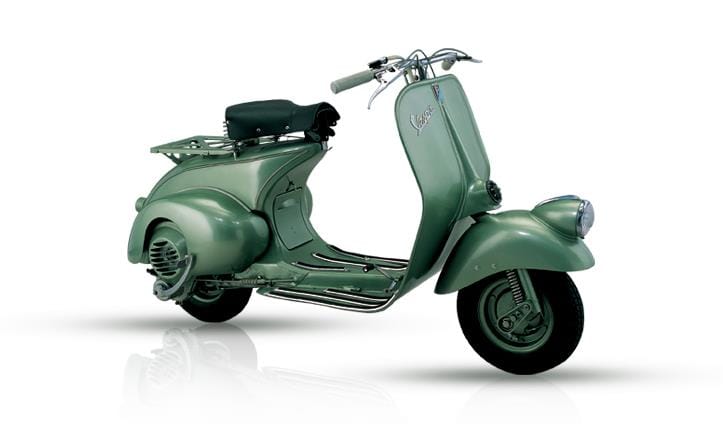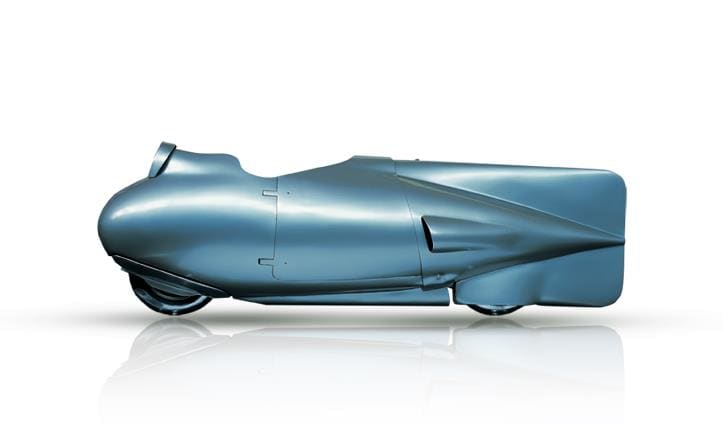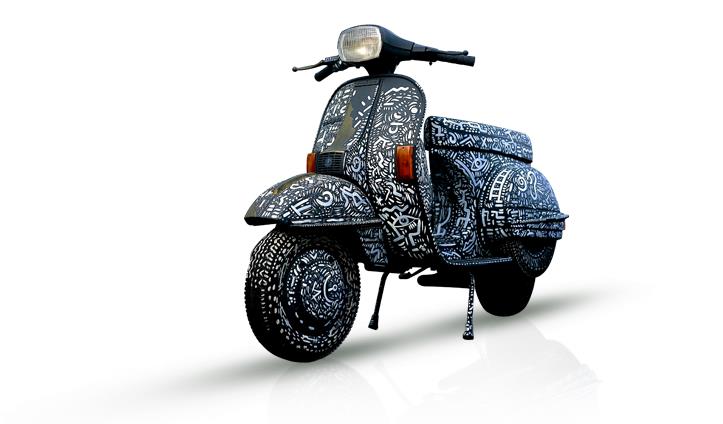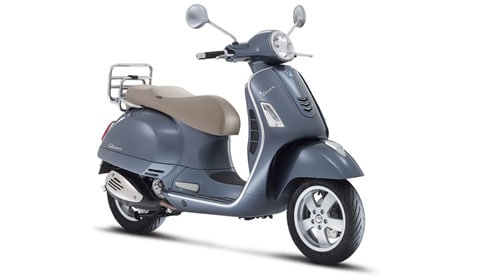VESPA 98
1946
In April 1946, this amazing new, functional and innovative mode of transport was presented to the general public for the first time in a Golf Club in Rome. The shield was embossed with a new logo which replaced the previous Piaggio Aircraft emblem. Vespa was an immediate success and gained extensive media interest as well as public curiosity, surprise and even skepticism. The first sales of Vespa were managed through a small dealer network and the price of the standard model was 55,000 lire, while the deluxe version was sold for 66,000 lire.


